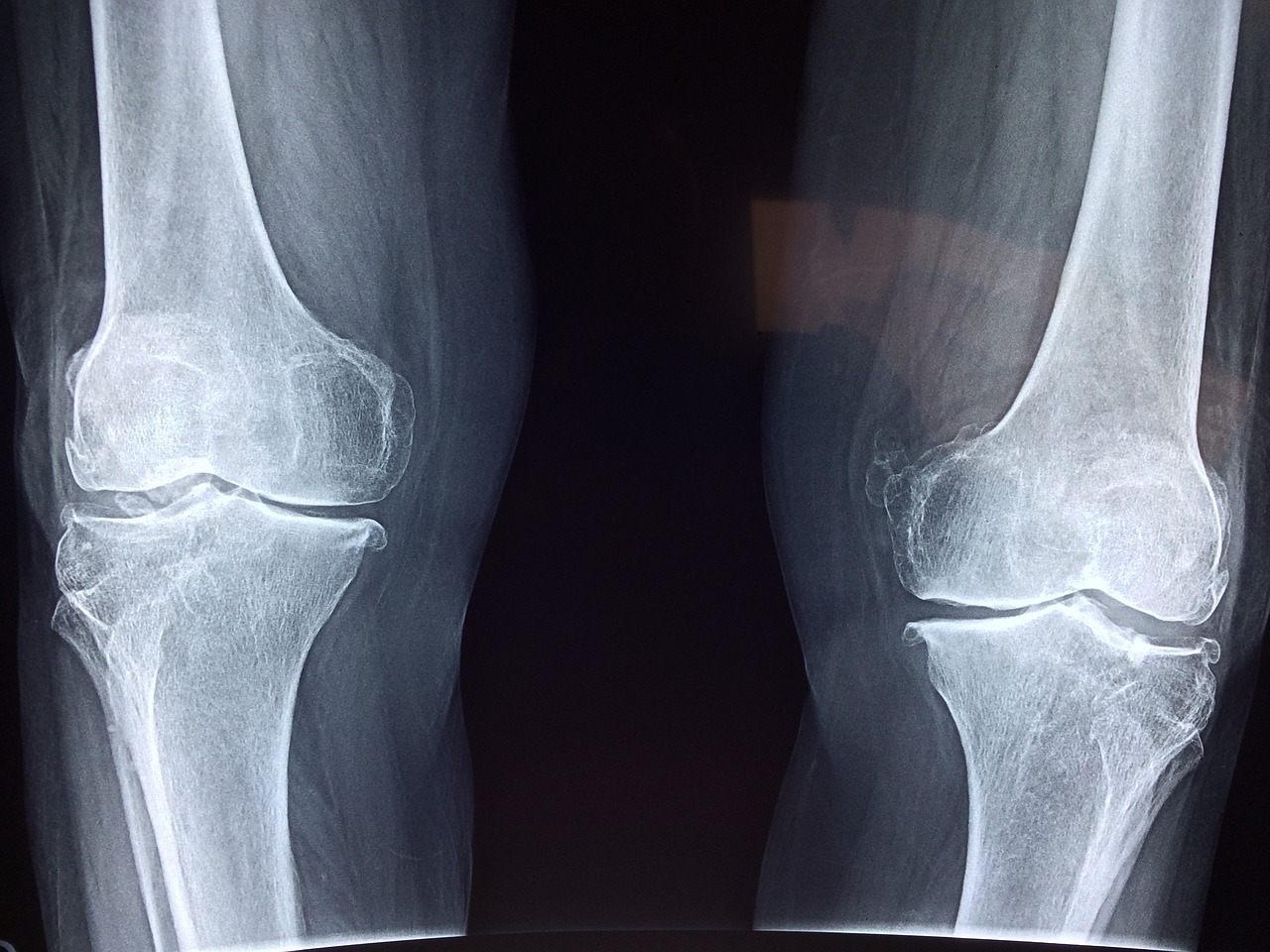Article Title:Austria 1950: Strikes, 'putsch' and their political context
Abstract:
In 1950 occupied Austria experienced the most dangerous wave of labour protest in its post-war history. The government reacted by accusing the Communist Party of attempting to destabilize democracy, seize power and draw the country into the Eastern Bloc. For decades the events were known as the '1950 Putsch' and came to symbolize both Austria's geopolitical vulnerability to Soviet expansionism, and the strength of her post-war national cohesion. This article examines the background to the strikes, their development and the reaction to them, and argues that they were a grassroots protest against the system of centrally negotiated wages and prices agreements which was the precursor of the Austrian Social Partnership. Despite protests against earlier agreements, the government was forced to adopt further controls in the summer of 1950 to reconcile the conflict between removing subsidies and controlling prices. When the strikes broke out, it exaggerated Communist and Soviet intervention in order to deflate internal dissent and encourage increased Western economic and military support. Discussions in Cabinet during the strike show that the government did not consider the situation to be a putsch attempt. Nevertheless, the 'failed putsch' became part of the popular image of Austria as the David which had withstood the Soviet Goliath.
Keywords: Austria; labour; occupation; politics; strikes
DOI: 10.1177/026569140003000403
Source:EUROPEAN HISTORY QUARTERLY
Welcome to correct the error, please contact email: humanisticspider@gmail.com



